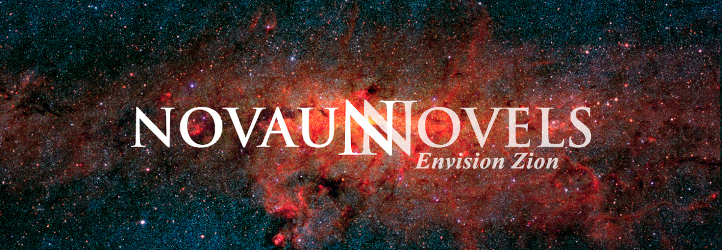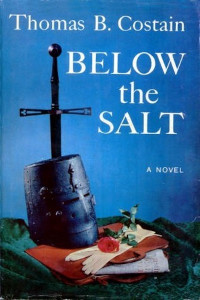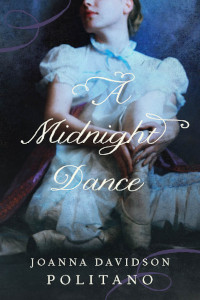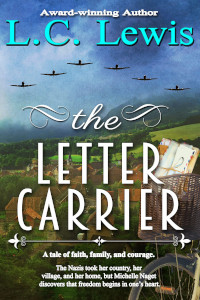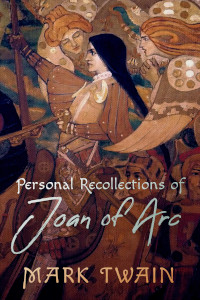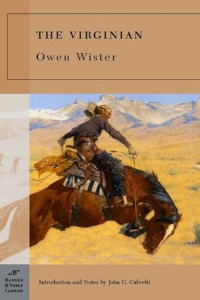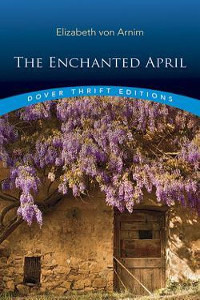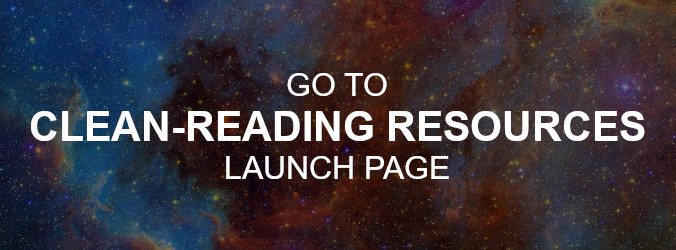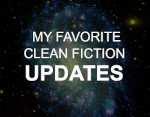In this series of blog posts, I give strategies for finding “clean reads” that go beyond relying on curated book lists. Please see “Part 1: The Toxic Sea” for a list of resources to help you find books that others think are clean, “Part 2: Know Where to Fish” to learn what types of books will be least likely to contain profanity, graphic sex and violence, and immoral themes, and “Part 3: Sort through the Catch” to find tips for evaluating the books you find. In this post, I’ll tell you how to read widely and wholesomely without going broke.
If you live in the United States, it’ll be easy for you to get free and low-priced books of all different types. The more of those you can find, the more money you’ll have left to spend on the books you’ll be required to pay full price to read. I don’t know how this process works in other countries, but my guess is that there are similarities.
Your harvest will be larger and, at the same time, less expensive if you follow these two practices:
Be willing to read books in different formats.
Don’t limit yourself to paper books. Don’t limit yourself to ebooks or audio books. Don’t limit yourself to buying books from one seller or to using one subscription service.
Do use multiple applications on your phone, tablet, or laptop to take advantage of all the possibilities. Electronic devices these days have the capacity to run multiple reading and listening apps. With a little research and experimentation, you’ll find the devices and applications that work best for you.
Take full advantage of your local library.
If you don’t know how to download ebooks and audio books from your community library, take the time to learn this skill. It may seem daunting, but once you learn how to borrow ebooks and audio books, you’ll gain access to thousands of books right on your dedicated reading device or phone. If you’re struggling to figure this out, ask a librarian for help.
When you’re browsing for ebooks on your library’s OverDrive page, expand your search to include any publisher or imprint you like, as well as author, title, and category. To expand your reading choices even further, don’t hesitate to request books your library may not carry. Libraries base their purchases on what people in their communities like and want to read. Your library may not decide to purchase the book you request, but perhaps it will. If your library doesn’t have a book, you may be able to use Interlibrary Loan to get it, although you may be charged a small fee. You may be able to get a card to borrow books from a library in a neighboring community.
Even if you prefer the convenience of downloading ebooks, your library will still be full of actual books—new ones, old ones, and everything in between—and may be the only place where you’ll find certain types of books that you can read without spending any money.
At the very top of that list will be Old Popular Books, particularly those published during the twentieth century that aren’t old enough to be in the public domain. The best list I have for finding clean old popular books is “Clean Reads for Adults, Teens, and Children.” In recent years, many of these books have been digitized and republished as ebooks. While the work of digitizing many old books continues, those that haven’t been made into ebooks may still be available to borrow in libraries. You can also find them for sale in used bookstores, secondhand stores, library sales, and yard sales.
Remember, however, that many of these old books may still not be free of profanity, graphic sex and violence, and immoral themes. As I pointed out in “Part 2: Where to Fish,” I’ve had the best success finding books that meet “My Clean-Reading Criteria” by looking for books that were originally published before 1960.
While old popular books can be the most difficult books to find for free, Contemporary Popular Books are some of the easiest, especially if you’re willing to wait for a copy and don’t feel the need to read a book the day it’s released. These books will often be the ones most available to borrow from your local library in several formats—physical book, ebook, and audio book.
This includes books from the big evangelical Christian publishers. How many of these books may be available in your local library will depend on what demand there is for this type of fiction in the area where you live. The ebooks and audiobooks most likely to be available in the library are those that were published in the past decade. As you go further back, you’ll expand your reading choices even more by borrowing physical books.
The type of books you’ll be least likely to find in secondhand stores and in the public library are those published by Independent “Indie” Authors, and those you do find will most likely be written by authors who live in your community. When reading indie books, you should cultivate a sense of adventure and expect the unexpected. They won’t necessarily conform to modern genre standards, which can be a good thing when you’re looking for wholesome books that don’t fit neatly into the expectations of the larger publishing marketplace.
Many indie authors publish their physical books using “print on demand” (POD) technology, which means that the book is individually printed when someone orders it. POD is a wonderful technology that allows an indie author or small press to target a niche audience ignored by the bigger publishers, but the price per book can be more expensive than those that are mass produced. While POD books can be expensive, ebooks by indie authors are usually less expensive than those sold by the big publishers. Often indie authors will offer the first ebook of a series for free.
Many indie books don’t have corresponding audio books, but if you put a reader on your phone that has the ability to render text to speech, you may be able to listen to them that way. If you can’t read an ebook with a TTS app, it’s probably because the book contains digital rights management restrictions (DRM).
The Classics, along with other public domain works, are the easiest of all the different types of books to read for free. The best list I provide for finding clean classics is my “Great Books Group Reading List 2006–2020.” If you want to read a well-known, popular classic in book form, your local library will be your best source for finding it for free. If you like the convenience of reading ebooks on your phone or dedicated reading device, Project Gutenberg will be one of your best sources. Project Gutenberg has been digitizing these books for several decades and provides the original text for many of the ebooks available from other sources, including LibriVox, a website that contains public domain audiobooks read by volunteers.
It’s easy for anyone to copy the text of a book offered by Project Gutenberg or another free source, strip out any usage information there may be, reformat the text into various types of ebooks, slap a cover on it, and sell it. There are so many of these cheap editions available that many online ebook publishers and sellers have policies that are meant to prevent, or at least regulate, this practice. This fact is an important one to know, because you may be spending money on ebooks that you could easily get for free.
Despite the abundance of free ebooks available from multiple sources, there are a few good reasons to spend money to read a classic. You may like the convenience of downloading an ebook from your chosen bookseller. When you do, however, make sure it’s what you want by downloading a sample first. Not all inexpensive classic ebooks are created equal, and the only way you’ll know whether it’s legible and easy to navigate is to take a look at it before you push the “buy” button.
The inexpensive classic ebooks rarely have footnotes that explain obscure words and passages, and those they do have come from public domain editions of the works in question. If you want a book you read to have this sort of auxiliary material, it’s best to borrow or purchase an edition that has it, although it’s important to know that many of these lower-priced books and ebooks use translations that are in the public domain. What you’re paying for may only be the updated format and auxiliary material.
Translations are considered creative works and are copyrighted, which means that the newest ones in the public domain are around one hundred years old. If you want to read a modern translation, you’re going to have to borrow it from the library or pay for it, but be careful! Sometimes the product page for a physical book containing a modern translation will link to an ebook containing a public domain one.
As I discussed in “Part 3: Sort through the Catch,” successful fishing requires paying attention to the book’s details. This is especially true when dealing with translations. Because they are creative works themselves, various translations of the same book can be vastly different—in style as well as word choice and level of wholesomeness. It’s always best to read a book in its original language, but if you can’t, it’s a good idea to do a little research on available translations, particularly if you’re embarking on a book that will require a great deal of time to read. To learn a little about my own process for deciding on what translation of a long, complex book to pursue, please see the blog post I wrote entitled “Democracy in America, Volume 1 (Part 1).”
As I mentioned in “Part 2: Know Where to Fish,” the classics aren’t nearly as difficult to read as we often think they are. Part of the reason so many feel this way is because we were exposed to a few of these books in school—ones we wouldn’t have chosen on our own—and taught how to dissect them. For most of us, the joy of reading doesn’t come from dissecting a great work; it comes from immersing ourselves in a story we love.
The classics are still being read because so many of them are terrific stories, so dive in! Not only that, but they have universal themes that speak across time and culture. In most cases, you won’t need a teacher or scholar to explain the text to you. Start with a public domain copy on your phone or dedicated reading device and make sure you have a good dictionary installed. In most cases, finding the meanings of archaic words you’ll encounter will be as easy as clicking on a link. See the blog post I wrote entitled “Reading the Classics for Fun” to get an idea where to start, and “Classic Culture” to learn how I was able to ease myself into reading the classics.
Many classics and other old books may not be difficult, but they will be different, and you won’t enjoy them if you hold them to modern literary standards. You’ll encounter the omniscient point of view or “head-hopping” more often, telling rather than showing, old slang (which can be fun), and flowery language. These attributes and other trespasses against current conventions don’t necessarily make the book badly written—the style is just different. Despite this awareness, however, you may sample a book that has a style you just can’t stand, and that’s okay. Set the book aside and try a different one.
We live in a wonderful age. So many great works of literature are available for free, along with other books that will edify and entertain us. We have so many excellent choices that there really isn’t any reason to settle for unwholesome reading material. All it takes is knowing how to fish!
In the fifth and final post of this blog series, I’ll give you some of my thoughts on the recent book bans in schools and how that relates to “fishing.”
Note: This series of blog posts features covers for many of my favorite books in multiple categories and from various time periods. Some are well-known, and others aren’t, but I believe that all of them will be accessible and enjoyable to many teens and adults looking for outstanding clean fiction. Click on the cover to learn more about the book.
The featured image “Blue Crabs Ready to Eat” is Copyright © 2023 by Katherine Padilla. All rights reserved.
